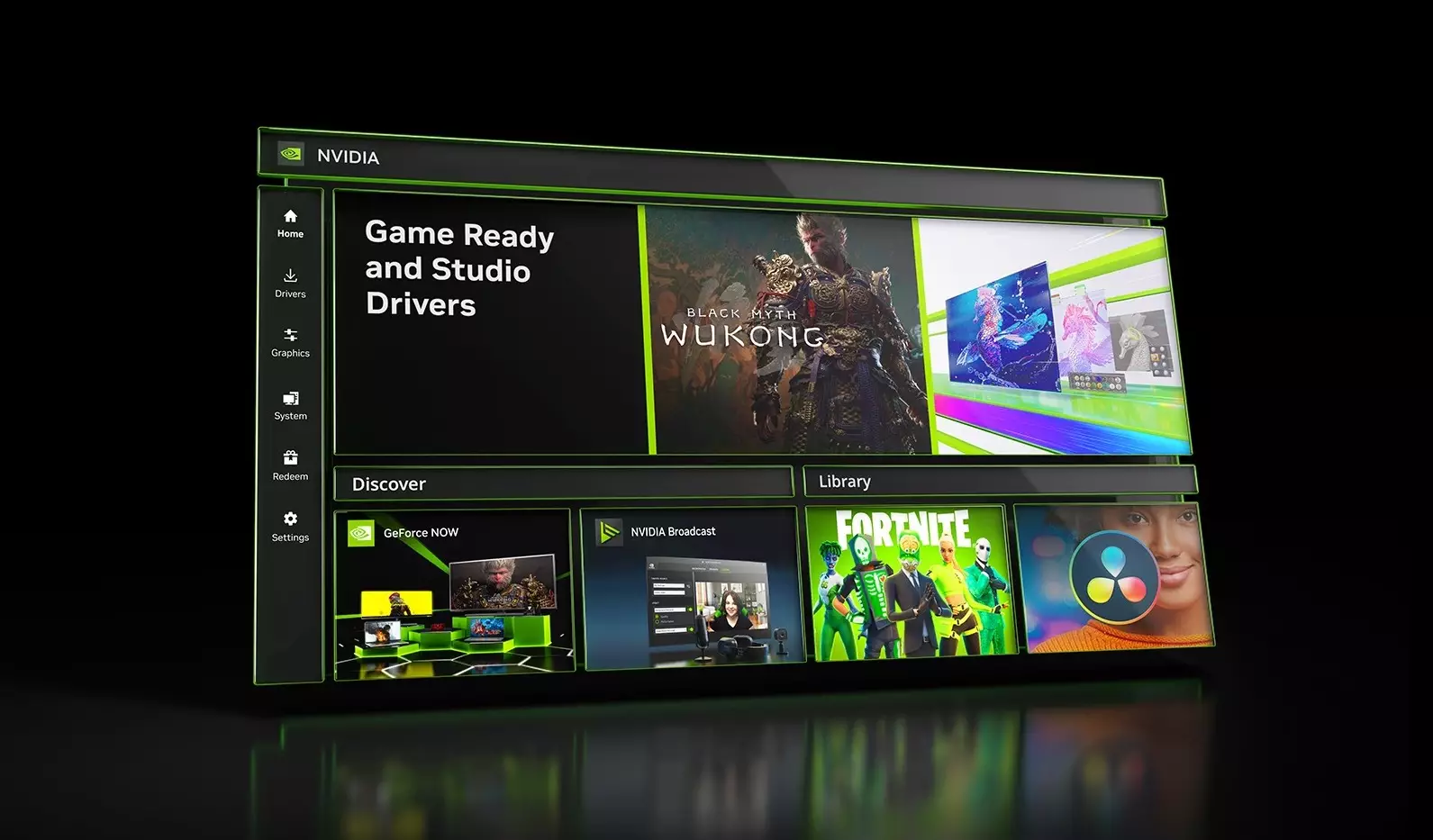In the world of PC gaming, few things can induce as much frustration as a problematic graphics driver. After the rollout of the GeForce graphics driver version 576.15, Nvidia was forced to release yet another hotfix, 576.26, just a week later. This quick succession of updates signals a troubling trend surrounding Nvidia’s driver reliability, particularly affecting users who rely heavily on RTX 50-series cards. Instead of instilling confidence, these hotfixes raise a red flag about Nvidia’s quality assurance processes.
Nvidia’s latest hotfix aims to remedy a range of issues, from incompatibility with popular games like “Black Myth: Wukong” and “Horizon Forbidden West” to unexpected problems that arise after waking PCs from sleep mode. While it’s commendable that the company is attempting to expedite fixes through hotfixes, the underlying issues persist. Many gamers continue to report that previous game crashes are unresolved, demonstrating that hotfixes are a patch—one that often fails to fully encapsulate the depth of the problems.
The Quest for Stability
One of the primary sources of confusion for users is how they can access these hotfixes. Currently, the Nvidia app primarily offers access to the original driver version 576.02, and users must actively hunt for the hotfix versions online. This convoluted process highlights a significant shortcoming in Nvidia’s communication strategy. If the drivers are intended to assist users in maximizing their gaming experience, the process for obtaining those drivers should be streamlined and less cumbersome.
Interestingly, Nvidia has acknowledged that hotfixes may undergo a “much abbreviated QA process.” This admission invites further scrutiny into the urgency that seems to govern their release cycle. While offering quick solutions might seem pragmatic in the fast-paced tech landscape, it often leads to a frustrating cycle where users play the role of unwitting beta testers.
User Grievances: A Mixed Bag of Feedback
On platforms like Nvidia’s Customer Care X account, user feedback on the latest hotfix reflects a blend of hope and disappointment. Some individuals claim that the hotfix did indeed resolve their connectivity issues with LG monitors when using DisplayPort 2.1. Yet, an alarming number of users report that the crash issues in “Horizon Forbidden West” remain stubbornly unaddressed.
This mixed reception manifests the inherent problems with Nvidia’s approach to driver updates. The reliance on user reports for identifying ongoing issues could be seen as a failure in Nvidia’s proactive measures. Community forums, often characterized by heated discussions among frustrated users, reveal a narrative where hotfixes do not achieve the intended results.
The Impending WHQL Solution
Nvidia has indicated that hotfixes are temporary measures, and that a proper, WHQL-certified driver is forthcoming. While waiting for official updates can feel like an eternity for gamers, these certifications ensure a more rigorous testing process. Though the delays between driver releases can be annoying, they ultimately mean a more stable and reliable gaming experience.
The distinction between hotfixes and WHQL drivers underscores an important lesson for both Nvidia and its user base: rushing out fixes may bring immediate relief to some, but it can compromise overall system stability. For those who prioritize their gaming experience, it is advisable to hold out for the comprehensive solutions rather than relying on plausible quick fixes that may not deliver.
In the end, as Nvidia navigates the murky waters of driver updates, both the company and its users may need to adopt a more tempered approach. Before users dive headfirst into the latest hotfix releases, they must weigh the potential risks and rewards, thereby tempering their expectations until a fully tested solution graces the Nvidia app. The persistent strain of buggy drivers is more than just a technical inconvenience; it’s a stark reminder of the predictive pitfalls that come along with state-of-the-art technology.


Leave a Reply